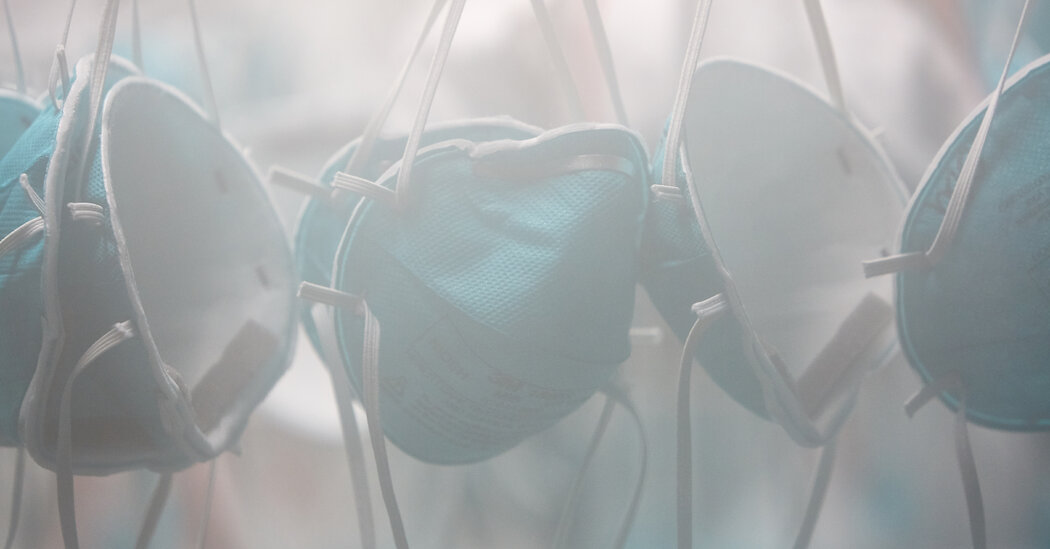
Walking through the intensive care unit on one recent afternoon, I took in a familiar sight — half a dozen patients intubated and sedated and alone, most lying on their stomachs. One of the nurses exited a room, quickly removing her N95 and donning a surgical mask in what is by now a well-practiced choreography. “They’re all unvaccinated,” she said, and when I felt momentarily reassured by this fact — maybe I was safe after all — I wondered whether perhaps one of the greatest risks of whatever surge comes next will be compassion fatigue, the dwindling ability to feel empathy for the unvaccinated.
Down the hall, a colleague called me over. A patient I had cared for one night some weeks ago, a mother in her 30s with the coronavirus and severe respiratory failure, was finally being discharged to a long-term acute care hospital. I peered in behind the curtain. She was awake, profoundly weak, but alive.
Earlier that day, my colleague had explained to her what had happened during her long hospital stay and what might come next in rehab. Then he paused and shifted his tone, telling his patient that she should let go of whatever guilt or shame she might be carrying over not getting vaccinated. She had made a mistake, but what is a hospital if not a place where we care without judgment for the many consequences of human fallibility? She started to cry. And then she asked him if she could get the shot. She received her first dose shortly after.
When my I.C.U. colleagues and I talk about our patients on rounds, we distill them into one line that includes their name, age and pertinent medical history. These days, we often include vaccination status. “A 40-year-old unvaccinated man with severe Covid pneumonia.”
I wonder about this, about what impact it has. Though framing a patient as vaccinated or unvaccinated doesn’t change the ventilator settings or the medications we give, I worry about the insidious effect of the frustration that we feel and how we balance that real and understandable anger with empathy. And if our units fill with coronavirus patients once again, further stretching a health care system that is on the edge with severe staffing shortages, it will become even harder to navigate that tension.
On the afternoon of the winter solstice, a small crowd of nurses and doctors gathered to strap a coronavirus patient into a gurney and prepare to wheel her out of the unit, on the way to rehab. I remember early on, when the hospital used to play music on the overhead, and we would crowd into the lobby to clap and sing when each patient left. Surviving critical illness from this virus is, thankfully, far less remarkable now. But still the residents clapped for a moment to celebrate the victory before returning to the work of the day.
What will victory over this virus look like? I used to think that I would care for one final coronavirus patient, but I realize now that is not the case. This virus will become endemic, as some viruses do, and when each winter comes, I will see a few patients with Covid-19 who are sick enough to wind up in the intensive care unit, the unvaccinated or the immune-compromised or the unlucky. We will care for them using the protocols that we have honed over the past two years. No one will react with panic or fear or anger; it will be expected, as it is with influenza or a host of other respiratory viruses.
That is not where we are yet. But we will get there.







